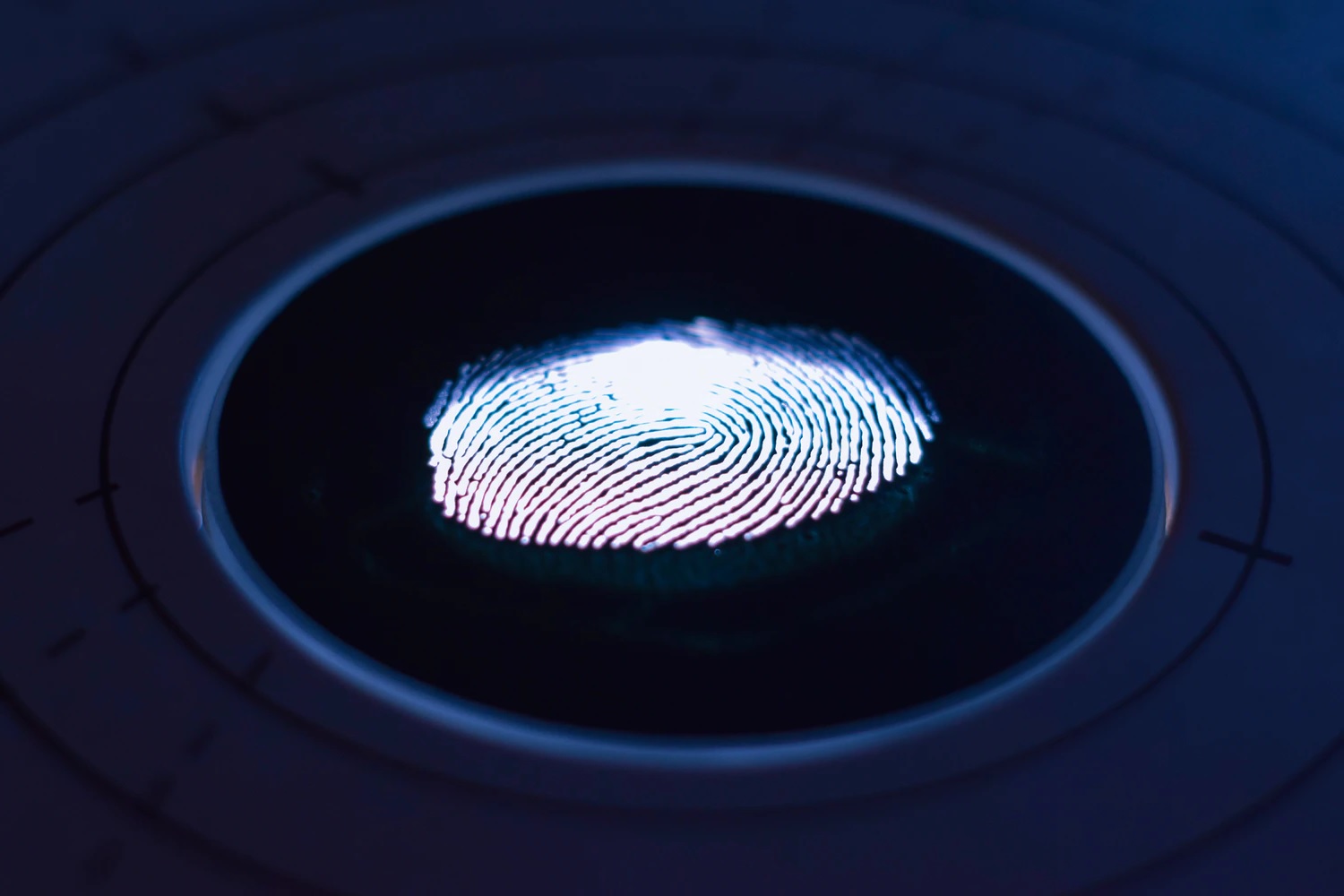Message sent successfully
Products and services
Biometric Identification Systems at Access Points

The technological pace in the 21st century is very fast. What today seems like a novelty, will become obsolete in just a few years. A few decades ago, no one imagined that some of the technologies we were seeing in science fiction films could become a reality. It is true that many of these did not materialise, but others did.
Some biometric authentication systems have been very popular for some years, and others started being implemented not so long ago.
But what is biometrics? It is a system whereby the identity of a person can be verified using a series of patters which define body features. In this sense, we can refer to some well-known and widespread authentication systems:
- Fingerprint reading, used in ID cards and passports. Its use is widespread for unlocking mobile phones and to make online payments.
- Iris recognition, used for accessing buildings and restricted areas.
- Voice recognition systems, whose use has become standard thanks to smartphones and voice-activated assistant systems that more and more people are using in their homes.
- Face recognition, especially popular at airports for border crossings, although it is also widely used for unlocking phones and other devices.
Biometric authentication is also used at the entrance and exit points of buildings, or for different areas within them. With the fingerprint, the iris, and face or voice recognition systems, it is already possible to open automatic doors.
Safety is essential for avoiding unwanted access to any company's building. Control accessories such as those managed by software and other devices, guarantee this kind of safety if there are no biometric authentication systems in place.
The implementation of access automation is becoming increasingly commonplace all around the world. A relentless sector at the forefront of the 21st century.
